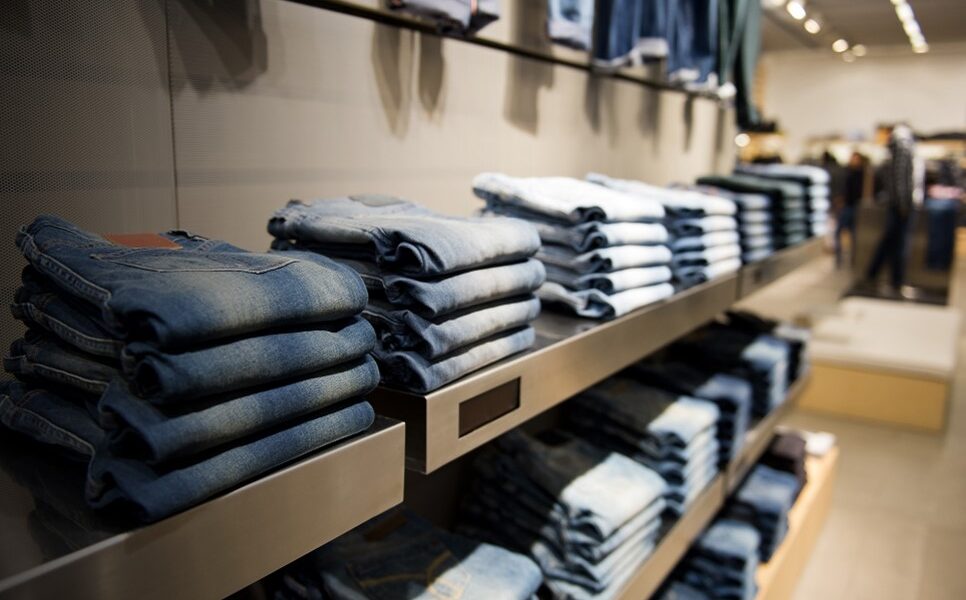Decoding Retail: A Guide to Key Industry Terms

Running a retail business or working within the dynamic world of retail can feel overwhelming at times. Knowing the language – the “retail terms” – is absolutely crucial for success. Understanding these terms will make your job easier, improve communication with colleagues, and ultimately help you make smarter business decisions.
Here’s a breakdown of some of the most common retail terms you’ll encounter:
1. SKU (Stock Keeping Unit)
The SKU is the unique identifier assigned to each individual product or service by a retailer. Think of it as a product’s “fingerprint.” SKUs are typically numerical but can be linked to other codes like the UPC or EAN. They’re vital for inventory management and tracking sales. Essentially, it’s how your store differentiates between, say, a red t-shirt and a blue t-shirt – even if they’re both the same brand and size.
2. UPC (Universal Product Code)
A UPC, or Universal Product Code, is a 12-digit barcode that’s incredibly common. It’s split into four parts. The first digit indicates the remaining digits, and the next five digits identify the manufacturer. The following five digits represent the specific item number. Finally, the last digit is a check digit – a mathematical calculation used to verify the code when scanned. Nearly every product you see in a US supermarket or department store uses a UPC.
3. EAN (European Article Number)
The EAN is the European version of the UPC. It’s a 13-digit (sometimes called EA13) or 14-digit (EAN14) code. It’s essentially the same concept as the UPC but standardized for use across Europe. You’ll primarily encounter UPCs in the United States.
4. Assortment
This refers to the depth of products within a particular category. For example, a sporting goods store might have a wide assortment of running shoes, including different brands, styles, sizes, and colors. It’s the number of different SKUs (Stock Keeping Units) offered within a single category.
5. Category
Retailers break down their product range into groups based on similarity or relatedness. Examples include “Men’s Shirts,” “Women’s Shoes,” “Electronics,” or “Grocery – Produce.” Organizing products into categories is a fundamental part of retail strategy.
6. Variety
This is the breadth of your store or department. It’s the number of different categories you offer. A large department store will have a huge variety – potentially dozens of categories – while a specialty boutique will have a much smaller number.
7. Backup Stock (Buffer Stock / Safety Stock)
Also known as buffer stock, this is extra inventory held to safeguard against unexpected demand spikes or delays in deliveries. It’s a crucial strategy for retailers to avoid “stock outs” – when a customer wants to buy something and it’s not available.
8. Space Management
This is the strategic management of store selling space. Retailers use data on consumer demand and shopper habits to determine where to place products to maximize sales. For instance, high-demand items will often be placed at eye level, while slower-moving items might be placed on end-caps or in less visible areas.
9. Planogram
A planogram is a visual diagram that dictates the precise placement of retail products on shelves and displays. These diagrams, created by retail specialists, are designed to guide store layout and maximize product visibility to encourage customer purchases.
10. Shrinkage
Shrinkage refers to the reduction in inventory due to various factors like shoplifting, damage, misplacement, or administrative errors. Reducing shrinkage is a major priority for retailers.
11. Stock Out
A stock out occurs when an item is out of stock – meaning a customer wants to purchase it, but the retailer doesn’t have it available. Minimizing stockouts is vital for customer satisfaction.
12. Omni-Channel
“Omni-channel” describes a multi-channel approach to sales, utilizing a combination of store locations, phone orders, online sales, social media marketing, and even post-mail promotions. The goal is to create a seamless and integrated customer journey, regardless of the channel used.
13. PLC (Product Life Cycle)
PLC stands for Product Life Cycle. Every product goes through a cycle of stages: Introduction (launching the product), Growth (increasing sales), Maturity (sales stabilize), and Decline (sales decrease). Understanding the PLC helps retailers plan promotions, manage inventory, and make strategic decisions about product offerings.
14. POS (Point of Sale) / EPOS (Electronic Point of Sale)
POS, or Point of Sale, is the location where a retail purchase is completed – the checkout counter. EPOS, or Electronic Point of Sale, refers to the technology used for this process – including barcode scanners, cash registers, and payment systems.
15. Electronic Shelf Labels (ESLs)
Electronic Shelf Labels (ESLs) are digital labels that replace traditional paper labels on products. They are connected to a computer system and can automatically update pricing and product information. This makes it much easier and faster to manage inventory and keep prices accurate.
Conclusion
Mastering these retail terms isn’t just about sounding knowledgeable; it’s about understanding the core operations that drive success in the industry. By recognizing these definitions and appreciating how they interconnect, you’ll be better equipped to contribute to your company’s strategy, improve customer experiences, and ultimately, thrive in the ever-evolving world of retail.